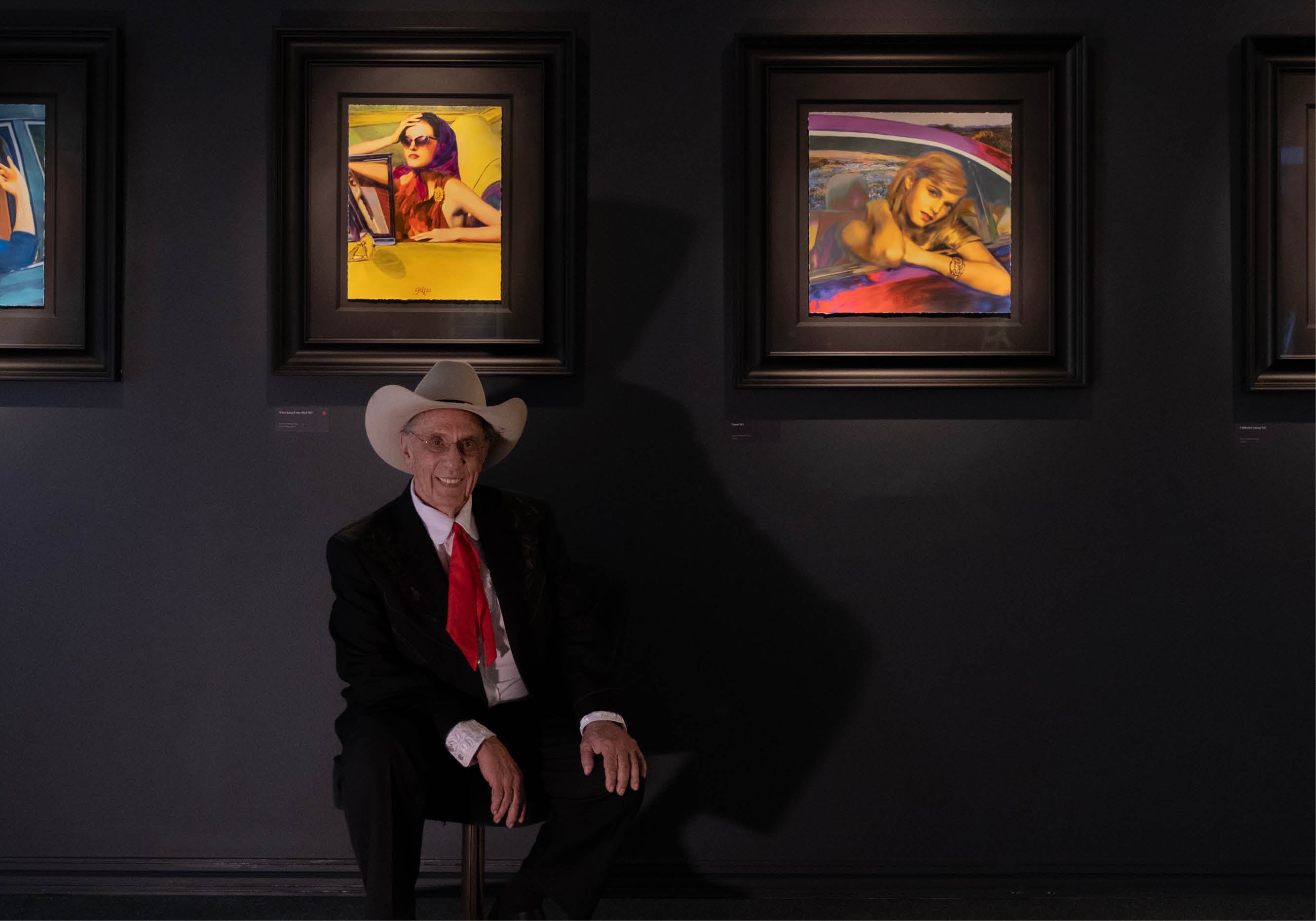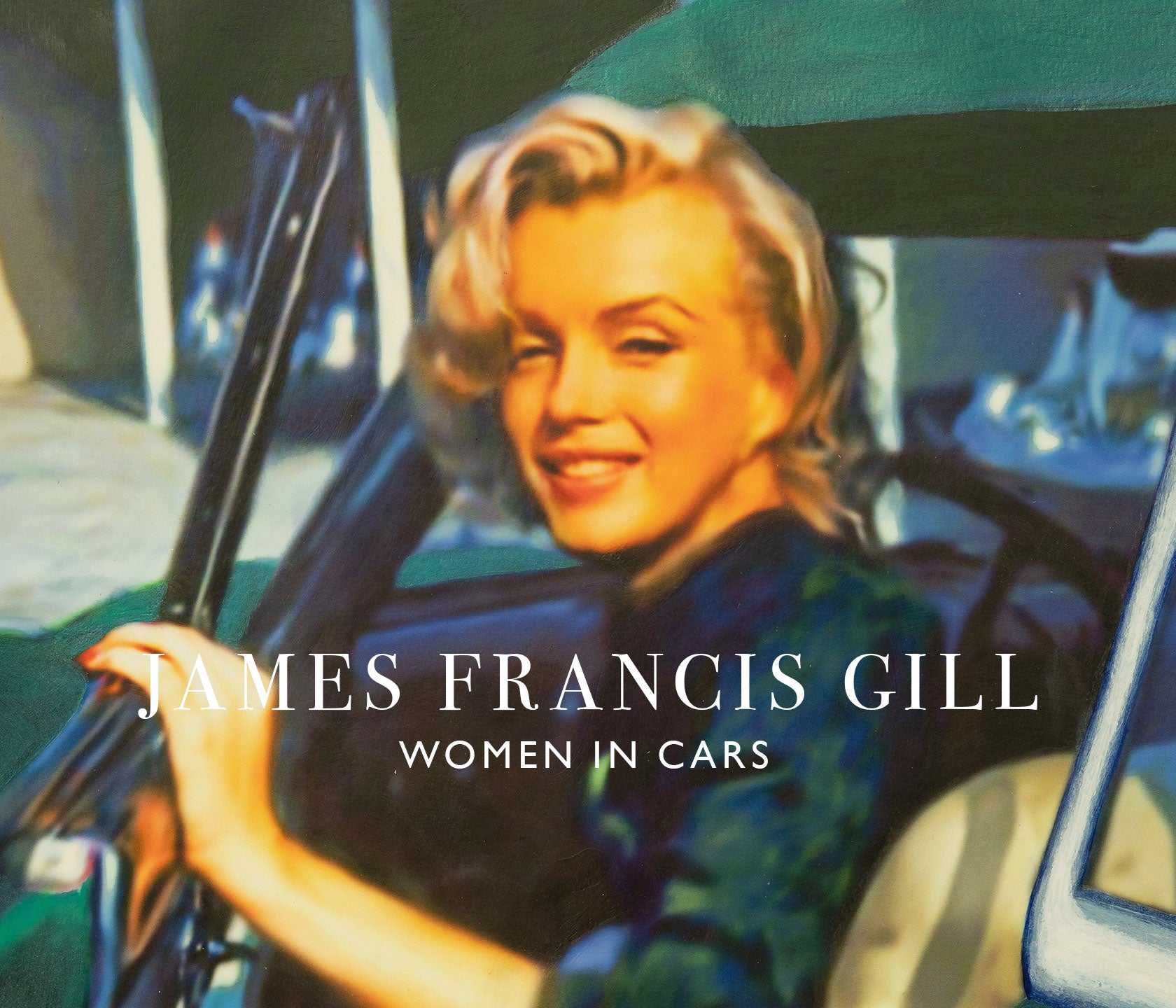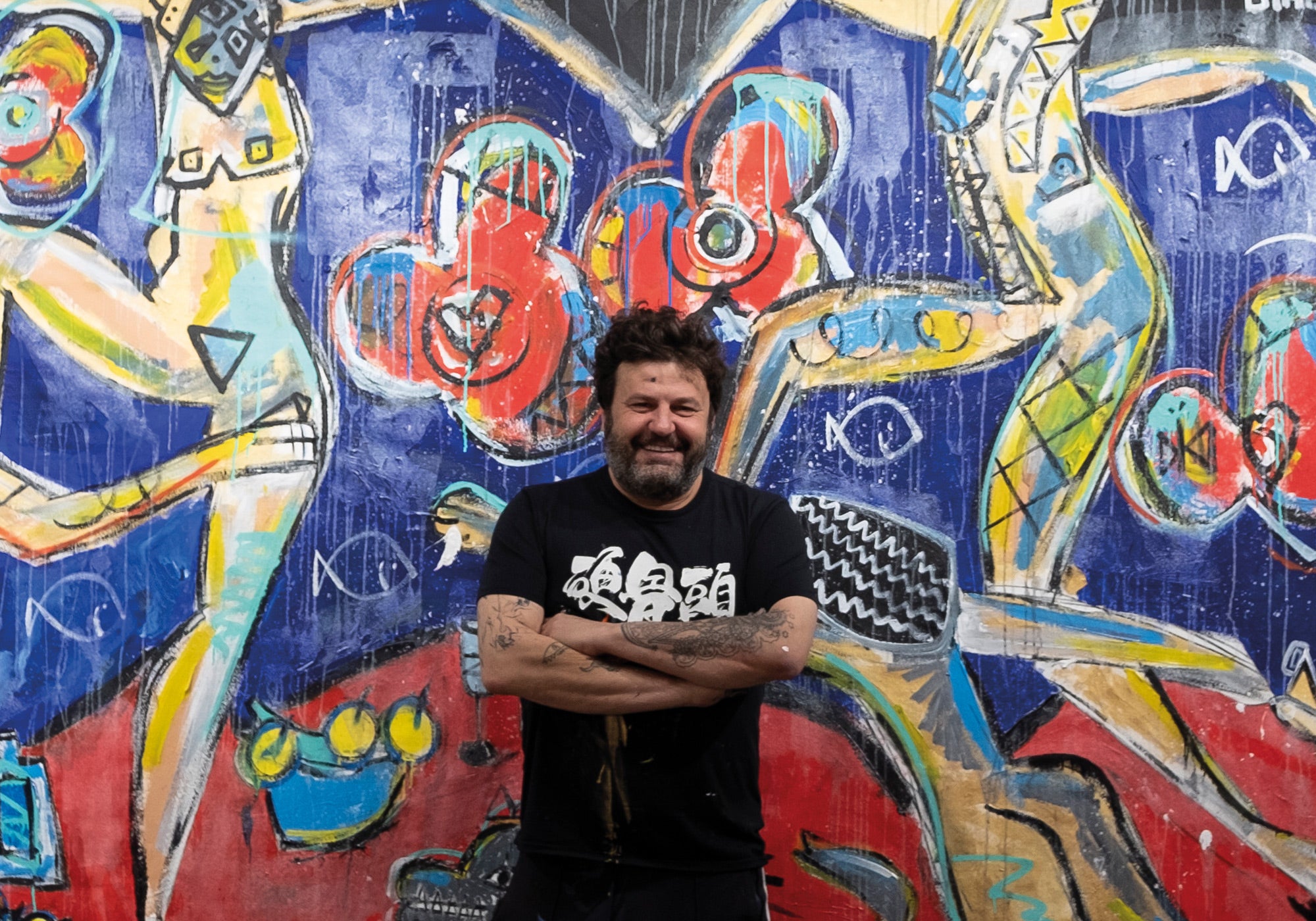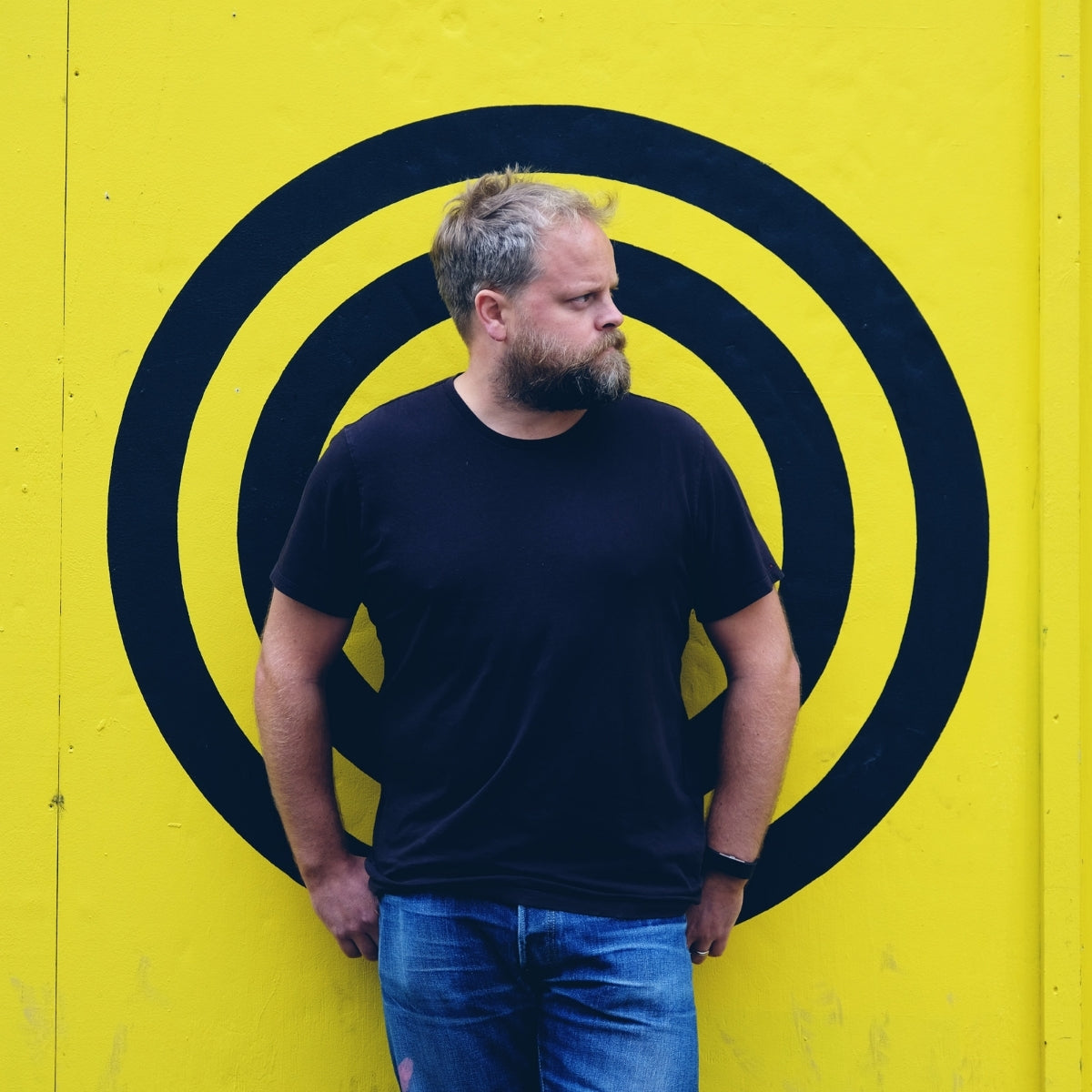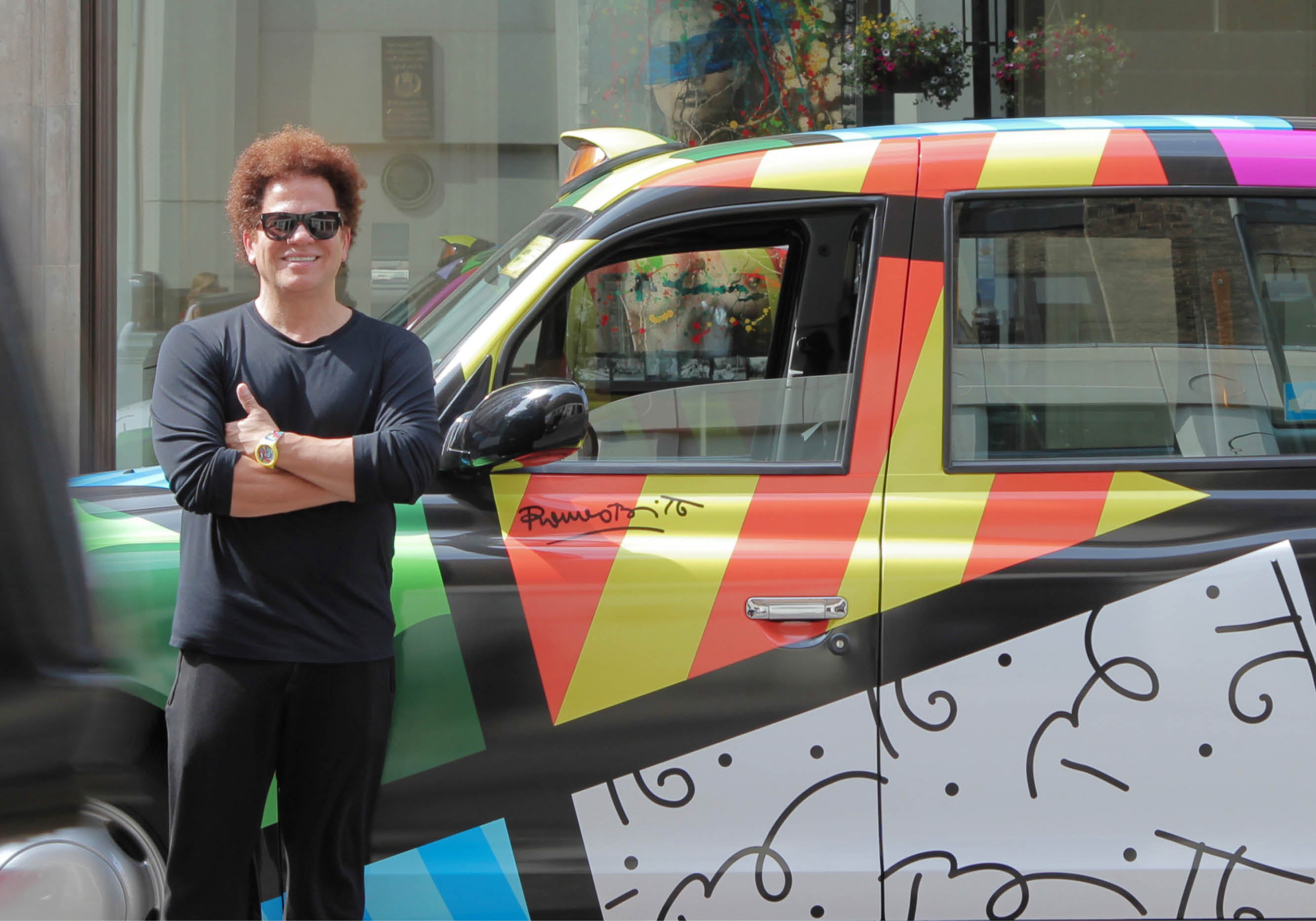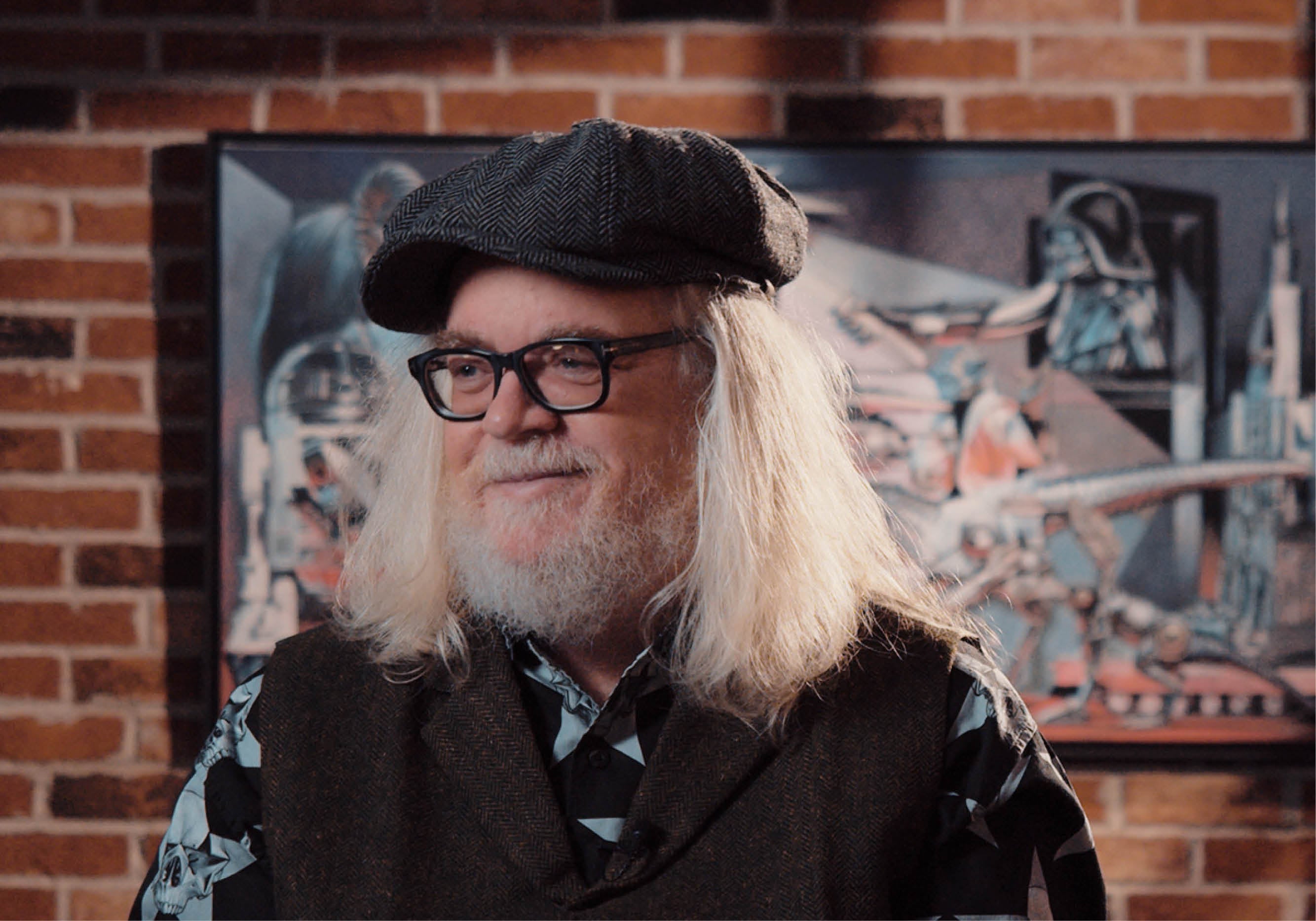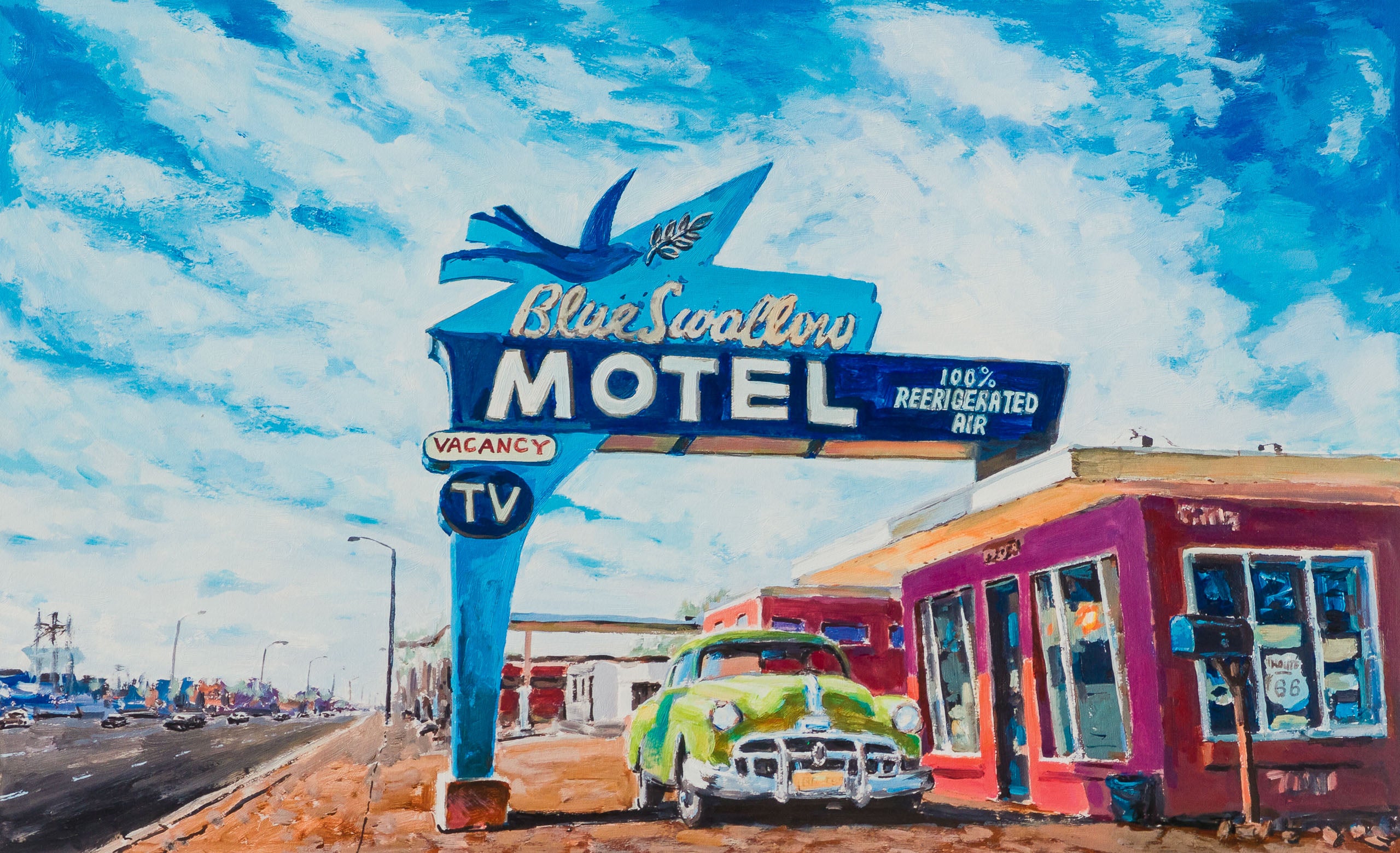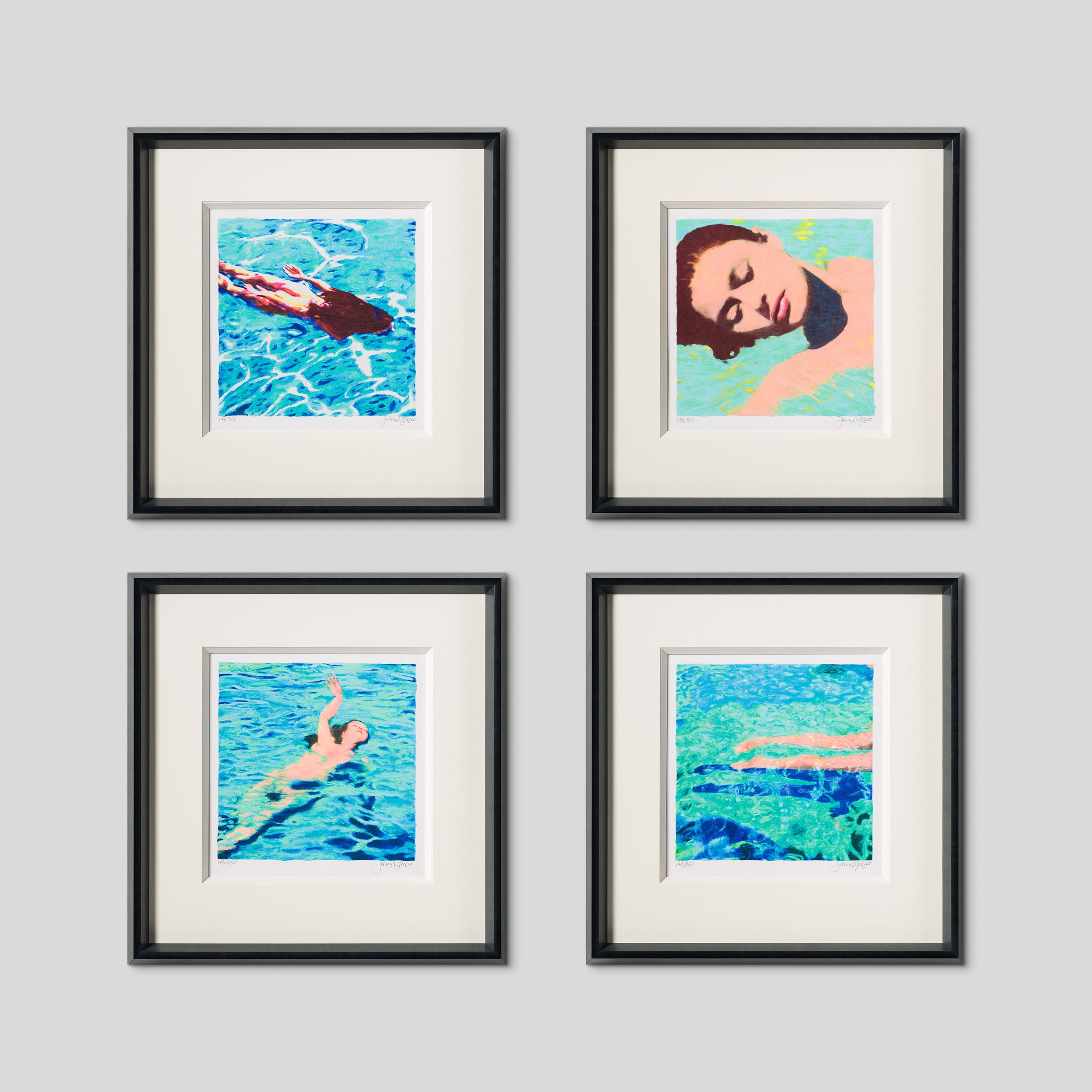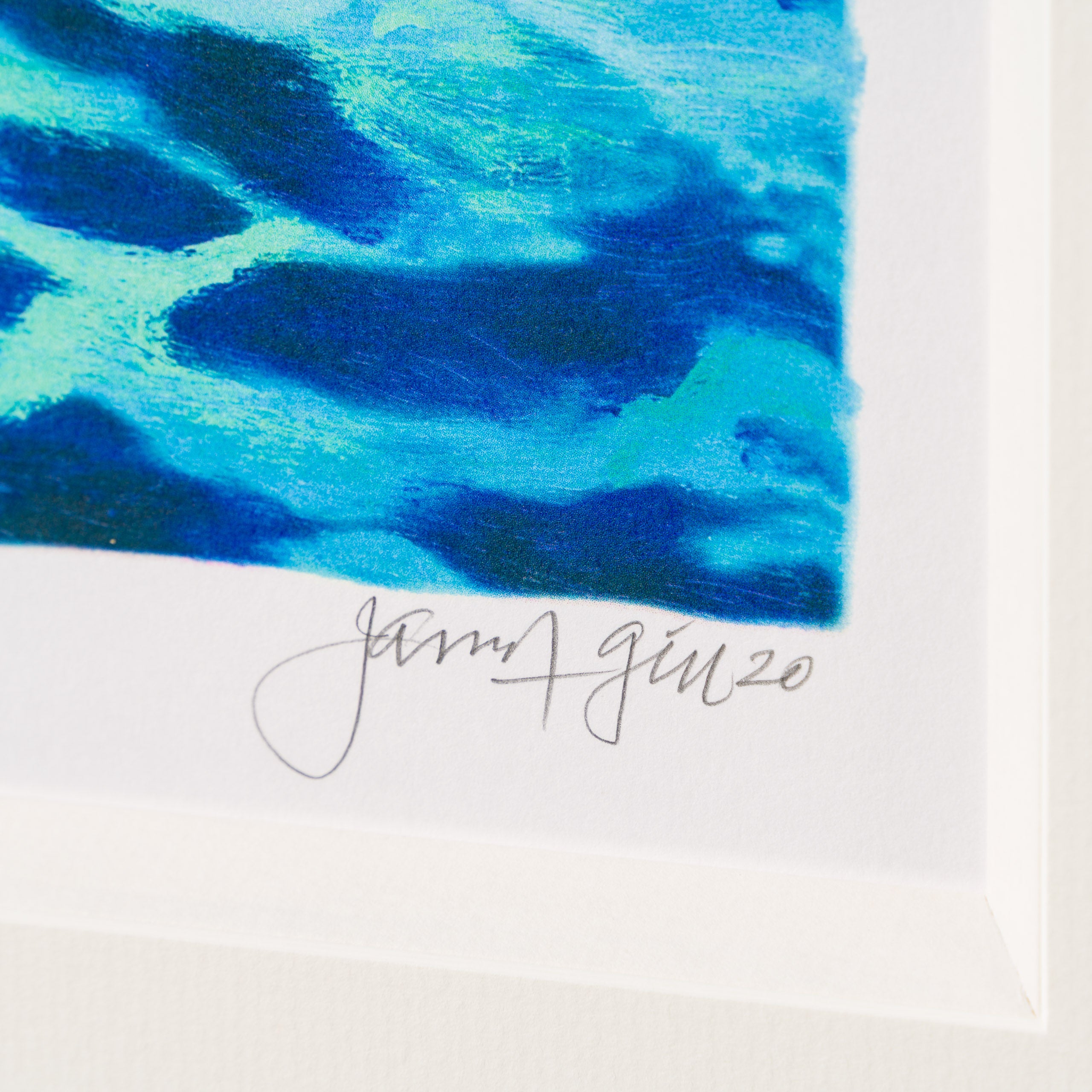James Francis Gill is one of the last living Pop Art pioneers, with a career spanning over 60 years. He began his career as an architectural designer but moved from Texas to Los Angeles in 1962 where he met dealer Felix Landau, the man who bought the work of cutting-edge artists Francis Bacon, David Hockney, Gustav Klimt and Egon Schiele to the USA.
Within weeks, Gill's famous 'Marilyn Triptych' - only the second fine art portrait of the icon to be painted - was purchased and exhibited by New York's Museum of Modern Art. The artwork - featured in a January 25, 1963 article in LIFE magazine - symbolises Gill's lasting influence on generations of artists.
It was this piece that made James Francis Gill a major name in the American art scene, and after that, he was asked to represent the USA at the Sao Paulo 9 Bienniale in Brazil in 1967, representing the USA as a figurehead of Pop Art among blue-chip artists including Robert Indiana, Jasper Johns, Roy Lichtenstein, Claes Oldenburg, Robert Rauschenberg, James Rosenquist, Edward Ruscha and Andy Warhol. From that time on, his works have been included in the permanent collections of more major international museums.
Gill was commissioned to paint a picture of Russian writer Alexander Solzhenitsyn for the September 1968 edition of TIME magazine; it was the success of colourful news magazines such as TIME and LIFE which led to Gill creating his Women in Cars series.
This took its inspiration from the paparazzi shots of celebrity women getting out of cars, and how in that act, they are moving from the private to the public milieu - and how that made them feel. One of the earliest versions of the series, 'Laughing Woman and Close Up' was purchased by and exhibited at New York's Museum of Modern Art between a Picasso and a work by Odilon Redon.
Hollywood stars such as John Wayne, Tony Curtis, Dennis Hopper and Richard Chamberlain were Gill admirers, either having their portraits painted by him or collecting his art.
In 1972, Gill went into a self-imposed exile, in the expectation of being able to maintain a long-distance relationship with the art scene. He wanted to develop his artistic expression, without the constraints of the material world. Gill never stopped painting, but didn´t show his works to the public until the late 90's. Around 1987, inspired by his work with computers in architectural drafting, Gill started using the computer as a drawing tool in his art. In 1997 his life changed dramatically when he received a call from David McCarthy who was writing an article for the Smithsonian American Art Museum's American Art magazine. This interview marked the beginning of his rediscovery. In 2005, a retrospective exhibition was held at the Museum of Fine Arts in his hometown of San Angelo, Texas.
In 1972 Gill went into self-imposed exile to develop his artistic expression away from the constraints of the world's media. Gill never stopped painting, but didn´t show his works to the public again until the late 1990s when he received a call from writer David McCarthy who was writing an article for the Smithsonian Museum's American Art magazine. The subsequent piece marked the beginning of his rediscovery, and in 2005, a retrospective exhibition was held at the Museum of Fine Arts in his hometown of San Angelo, Texas.
Around 2007 Gill's late creative phase began, using his own unique combination of abstract and portraiture. In contrast to the dominance of political themes in his early works, Gill increased his focus on the presentation of classic Pop Art Icons, such as Marilyn Monroe, Liz Taylor, Grace Kelly, John Wayne and Paul Newman.
Gill has had countless exhibitions internationally, and as one of the last living Pop Art pioneers, and one of the first to investigate the modern cult of celebrity, his unique take on iconic imagery has been re-discovered and its place in art history re-affirmed.
